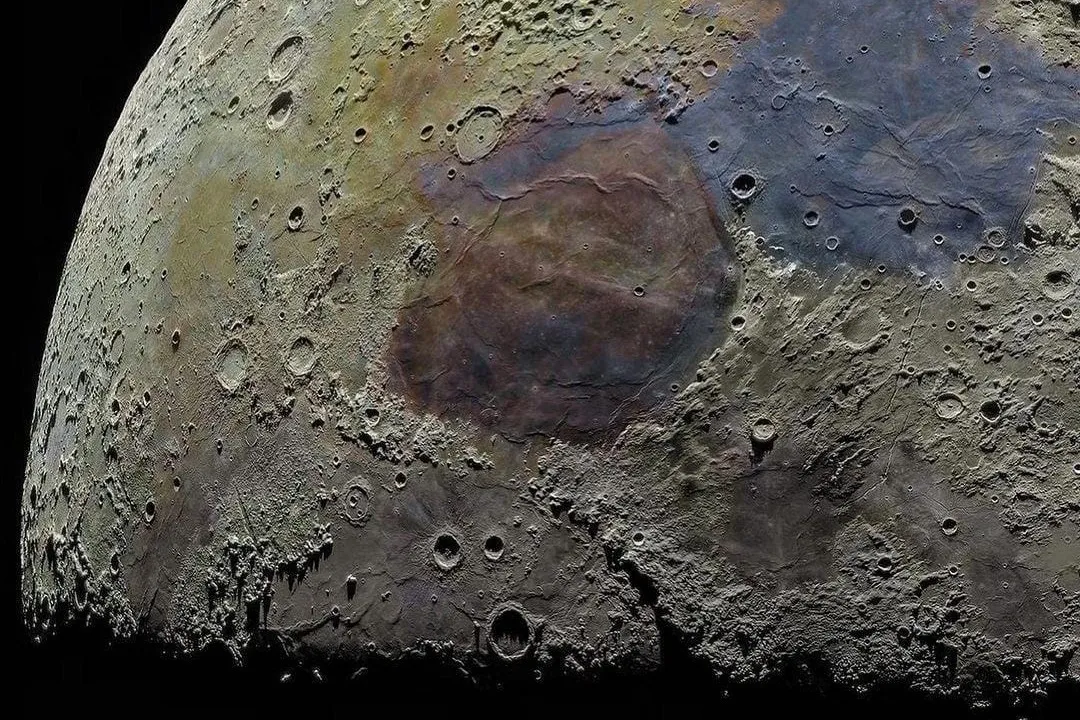A new study published in Nature Scientific Reports by researchers, led by Henrik Svensmark and Nir Shaviv, at the Danish National Space Institute at the Technical University of Denmark (DTU) and The Hebrew University of Jerusalem, suggests that changes in the Sun’s magnetic field strengthen or weaken the effects of cosmic rays, causing an increase or decrease in cloud formation, sufficiently affecting the Earth’s energy budget to affect the climate.
Their conclusions put into question all of the IPCC’s contrary assumptions. The IPCC estimated only an average of 0.01 Watts/m^2 between 1750 and 2019, from which they conclude that “the effect of galactic cosmic rays (GCR) on CCN (cloud condensation nuclei) is too weak to have any detectable effect on climate and no robust association was found between GCR and cloudiness. … There is high confidence that GCRs contribute a negligible ERF (effective radiative forcing) over the period 1750 to 2019.” On the other hand, the Svensmark-Shaviv observational data indicate that the Earth absorbs about 1.7 Watts/m^2 additional energy within 4 to 6 days of the cosmic-ray minimum, a result almost two orders of magnitude higher than the IPCC’s! That is much too big a difference to be ignored.



